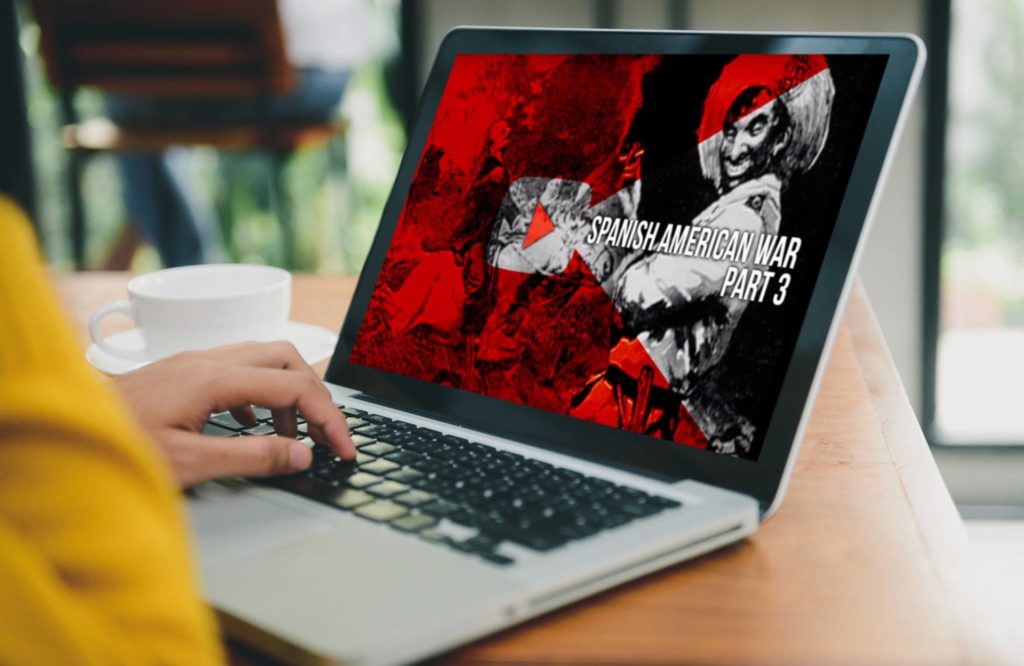Welcome to the internet video archive of Emilia Productions LLC!
It is a sample of
titles by Luis Perez Tolon.
Welcome to the internet video archive of Emilia Productions LLC! It is a sample of titles by Luis Perez Tolon.
This compilation of films and videos covers different topics, from his 16mm student short film and his first independent 16mm personal documentary to anthropological videos, TV specials and recent works.



